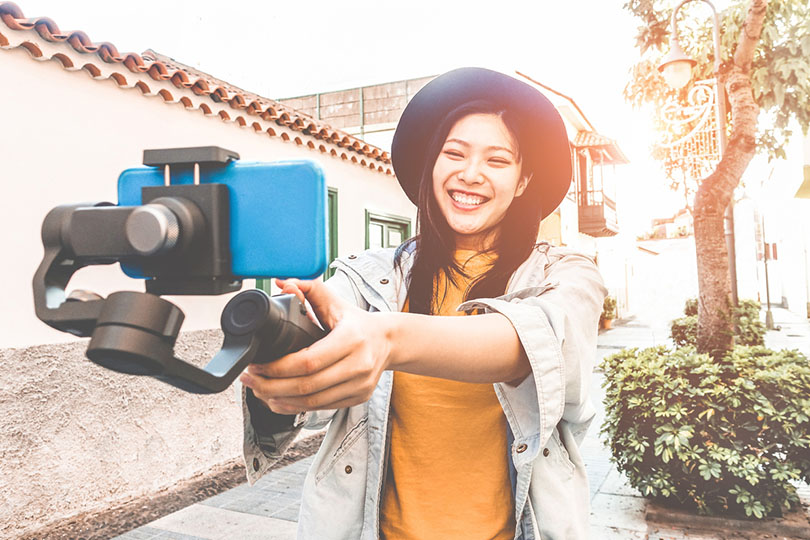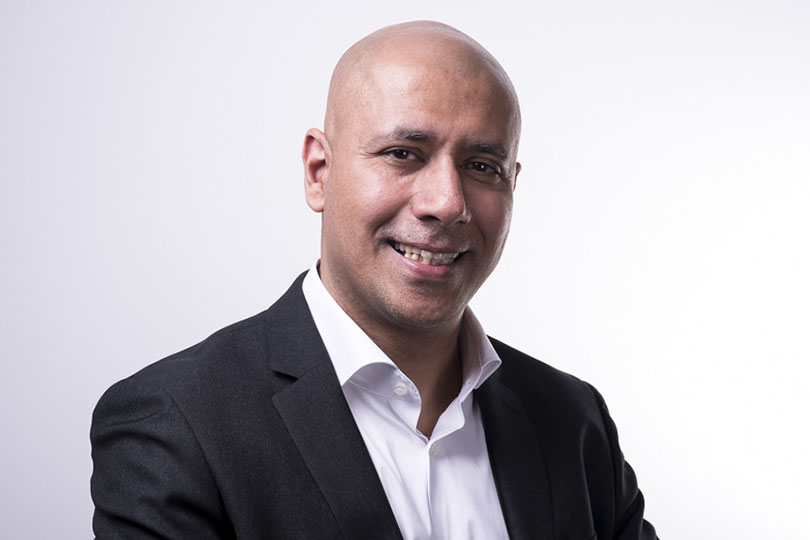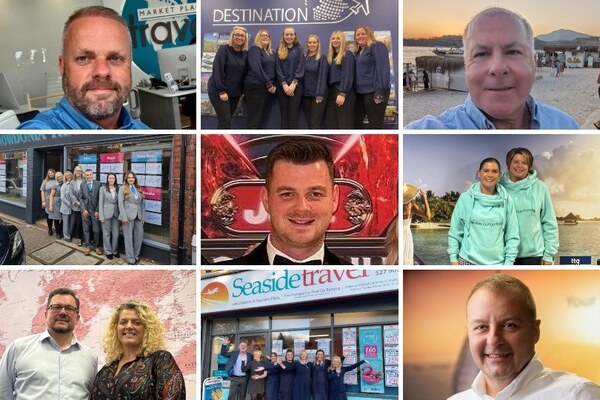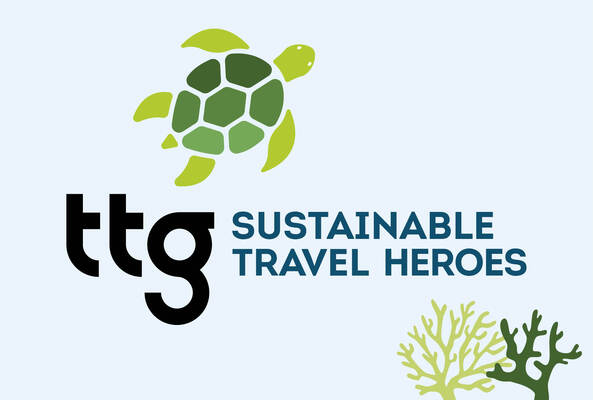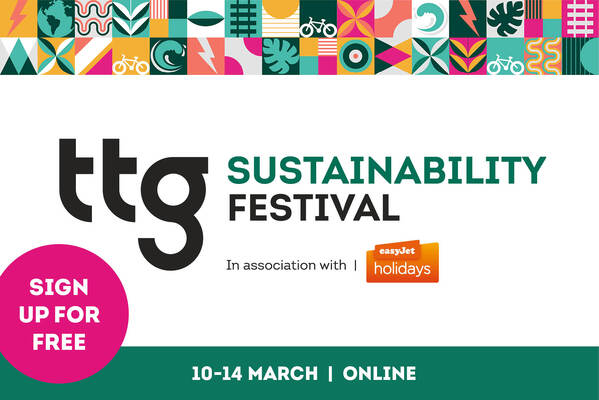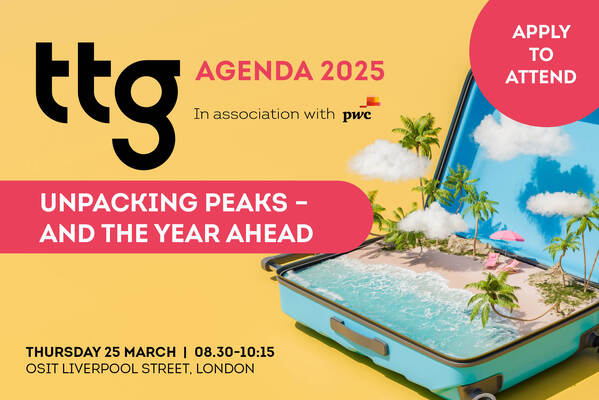How to get the most out of working with influencers
To influence or not to influence; that’s the question for travel brands, says Farhad Divecha, managing director and founder of AccuraCast, who offers advice on working with influencers and measuring their effectiveness
They might be relative newcomers to the media world, but there’s no getting away from them. Influencers are everywhere! Whether you’re scrolling down your Instagram feed, looking for how-to videos on YouTube or even on TV watching Strictly Come Dancing, influencers have become the new celebrity.
But with popularity often comes controversy, and influencing has indeed had its fair share of that. In fact, it seems that every few months or so, we see a disgruntled and underappreciated hotel or restaurant owner exposing "influencers" who have brazenly requested a free night’s stay or dinner in exchange for a social post.
This controversy seems to have escalated to another level in recent times. And it comes as little surprise, given that many influencers continue travelling to international destinations for “work” during a time when most of us stayed home under lockdown.
It’s safe to say that because of all these factors together, influencers, and the term "influencer", have been over-exposed. As the saying goes, familiarity breeds contempt; so, it’s only a matter of time before people start getting turned off from whatever these influencers are selling – and this applies not just to consumers but to brands too.
The Evolution of the Influencer
While we’re all used to "influencing" as an occupation now, especially in travel, it’s still very new.
Previously, influencing was much more organic. Celebrities such as singers, actors and athletes who established themselves through a particular skillset, hard work and years of experience, were approached by brands to promote their services or products to their fans.
Today, it’s a different story. With over 3.6 billion people using social media worldwide, influencing has opened up to a mass market – it’s open game for anyone who has a smartphone (or so many think.)
We’ve seen many popular influencers become hugely successful in recent times, including notable travel influencers like Hand Luggage Only, The Man in Seat 61, Kash Bhattacharya of Budget Traveller, The Two Bohemians and many more.
While these influencers have built their profiles over time, honed their skills, and established a niche, the general public don’t see that. All they see, of course, is an everyday person with a smartphone, perhaps a good camera and a love for travel. So why can’t they emulate that? If it were easy, everyone would be doing it – and it seems many are most certainly trying! Unfortunately, this has led to a dilution of the benefits of working with influencers.
A quick Google search into "UK Influencers" will show the influencer market is incredibly overcrowded. So much so, that businesses will avoid them altogether or make the wrong decisions when choosing whom to work with.
Through no fault of their own, travel businesses aren’t completely aware of how influencing really works. Many believe that hosting a reality star with over one million followers will be enough of a strategy to bring them customers. Although that might work in the short term, there’s much more to it.
It’s All in The Detail
When choosing an influencer, there is some degree of gut feeling. Of course, some may have a visually appealing feed or more creative Insta Stories, for example, but underpinning all of this, travel brands must apply some sort of scientific data and pay close attention to the details.
Begin by looking at your own customers. Who are they? Find out who they’re following and who they’re influenced by. This will give you a good starting point.
Next, look at those influencers – it’s these individuals that your audience is paying attention to. Take note of not just the type of content they create, but also how they convey key messages. You might notice an influencer with a large following posting while in a destination and tagging their location. That’s great, but are they truly showcasing that destination? Or are they just using it as a backdrop to promote themselves in a grid full of selfies?
Similarly, go beyond checking if they just posted images of the hotel. Do they really believe in what the hotel stands for? Its ethos and values? And are they doing it justice by reviewing it thoroughly – showcasing and discussing its facilities, locations, services, and benefits?
Scroll beyond the post and look at the comments. Do they engage with their followers? It’s one thing to churn out beautiful travel content but it’s another to take the time to answer any questions, reaffirm any positive words and dispel negative ones. The key here is to remember that your business and the influencer are working in collaboration; meaning that while they are under contract with you, they are an extension of your team and must advocate your brand.
Finally, look at their followers. Size is important and numbers matter, but you also need to know who they are; where they’re based, their interests and whether they align with your target audience.
Don’t forget that niche can be king – and can prove to be kinder to smaller budgets. In fact, our research has shown that popular niche influencers can be more cost-effective than mega influencers.
Perhaps the hotel you’re promoting this season has a new vegan restaurant, or maybe the destination you’re pushing is hosting a major sporting event. There are plenty of niche influencers out there, and you are not confined to working with generic travel influencers. Look at those specialising in areas like veganism, sports, LGBTQ+, solo travel – they may not have big follower numbers, but they most likely will have the right, receptive audience that you want to target.
The Science of Influencer Selection
A good and easy practice when shortlisting influencers is to use quantifiable metrics. Here are six simple steps to follow:
- Create an Excel sheet listing all the influencers you’re interested in working with.
- Identify 10 recent posts for each influencer that are relevant to your business, up to five days ago (don’t pick posts from today or yesterday, as their metrics are likely to change).
- Create columns for the number of followers, the total number of likes and total number of comments for those 10 relevant posts.
- To get a true comparison, divide the above totals of likes and comments by the number of followers. Use this measurement across the board.
- You can now shortlist down to 10-20 (or however many) influencers by looking at normalised level of engagement they get when posting content relevant to your business.
- Once you’ve compiled your shortlist, one final quality check should be to audit the quality of engagement (comments especially) that they generate. A sure sign of a good influencer is when their followers ask meaningful questions, corroborate their opinions, and converse with the influencer and other followers about the post.
Go Forth and Influence
You should now be equipped to make an informed decision on collaborating with an influencer. The right influencer will appeal to your audience, educate that audience and convince them to buy from you.
Think of influencer collaborations as new-age advertising that sits alongside existing marketing tactics within your business strategy.
So now you have three choices; to shun influencers altogether and miss out on a vast potential customer base, be one of the many brands that get seen but scrolled past, or be the brand that stops scrolling and wins customers. The choice is yours.
